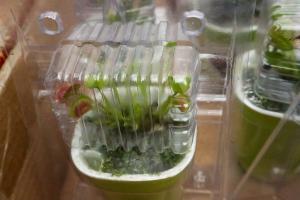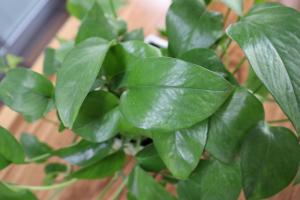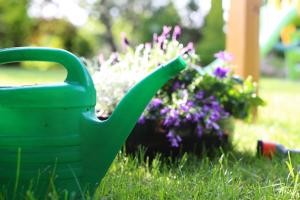How to Bring a Potted Plant Back to Life
If you have a potted plant that is failing to thrive, don't give up on it just yet. With a little bit of time and effort, you can bring it back to life and help it thrive. In this article, we will go over some of the techniques that you can use to revive and care for a struggling potted plant.
Assess the Damage
The first thing you need to do is assess the damage to your potted plant. Determine what is causing its decline. Is it overwatered or underwatered? Is it receiving too much or too little light? Is it infected with pests or disease? Knowing the cause of the problem will help you determine the steps you need to take to revive it.
Prune Dead or Dying Leaves
Once you have assessed the damage, it's time to prune dead or dying leaves. This will help the plant focus its energy on the healthy parts. Use sharp pruning shears to snip off any brown, yellow, or wilted leaves. Be careful not to damage the healthy leaves or stems.
Re-pot
If the pot is too small or the soil is compacted, it may be time to re-pot your plant. Choose a larger pot with good drainage and use fresh, nutrient-rich soil. Gently remove the plant from its old container and carefully loosen the roots, being careful not to damage them. Place the plant in its new pot and fill in the spaces with the fresh soil, making sure not to bury the stem. Water the plant thoroughly after re-potting.
Water Correctly
Overwatering or underwatering is a common cause of plant decline. Make sure you are watering your plant correctly. Check the soil regularly with a moisture meter or by sticking your finger in the soil, about an inch deep. Only water when the top inch of soil is dry to the touch. When you do water, give the plant a thorough soak, allowing the excess water to drain out of the bottom of the pot.
Provide Proper Lighting
Different plants have different lighting requirements. Some plants need direct sunlight, while others prefer indirect or low light. Make sure your plant is getting the right amount of light for its species. If you don't have the ideal location in your home, you can use artificial grow lights to supplement the natural light.
Use Fertilizer
Fertilizing is an important part of plant care. Nutrient deficiencies can cause a plant to decline. Choose a fertilizer that is appropriate for your plant, and follow the instructions on the package. Over-fertilizing can be just as damaging as under-fertilizing, so be careful not to use too much.
Conclusion
With these tips, you can bring your potted plant back to life and help it thrive. Remember to assess the damage, prune dead or dying leaves, re-pot if necessary, water correctly, provide proper lighting, and fertilize as needed. With a little bit of time and effort, you can enjoy a beautiful and healthy plant in your home.

 how many times do yo...
how many times do yo... how many planted tre...
how many planted tre... how many pine trees ...
how many pine trees ... how many pecan trees...
how many pecan trees... how many plants comp...
how many plants comp... how many plants can ...
how many plants can ... how many plants and ...
how many plants and ... how many pepper plan...
how many pepper plan...




























